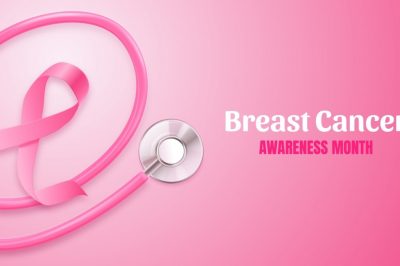If you want Read : breast cancer symptoms in Urdu Click on Translate on Right top
In the realm of women’s health, being proactive about breast cancer awareness is a crucial step towards early detection and treatment. Regular self-examinations serve as a cornerstone in this journey. By dedicating a few moments to this practice, you can become attuned to the subtle nuances of your own body. In this guide, we’ll walk you through a step-by-step process for conducting a thorough breast self-exam, ensuring you have the knowledge and confidence to take charge of your breast health.
The Mirror Technique: Understanding Visual Cues
Stand Tall, Stand Confident: Begin by positioning yourself in front of a mirror with your breasts exposed. Place your hands firmly on your hips, and take a moment to ground yourself. This posture not only offers stability but also encourages self-assurance in this significant task.
Observing Changes in Appearance: Gently scrutinize your breasts for any noteworthy changes. Look for signs such as redness, dimpling, and alterations in size, shape, or contour. These visual cues can be early indicators of potential concerns.
Dimpling, the Texture of Awareness: Pay close attention to the texture of your breast skin. If it resembles the surface of an orange—dimpled or uneven—it’s essential to take note. This observation can be a valuable insight into the health of your breast tissue.
Red Flags – Nipple and Skin Health: Check for any redness, scaliness, flaking, or crusting on your nipple or breast skin. These signs may signal the need for further investigation.
Discharge – A Fluid Conversation: Be aware of any unexpected discharge from your nipple. While some releases can be expected, any sudden changes should prompt a discussion with your healthcare provider.
Palpating the Underarms: A Prudent Practice
Methodical Examination: Raise one arm slightly and examine the underarm with the corresponding hand.
Look for any changes, lumps, or irregularities. Repeat this process on the other underarm, ensuring a thorough evaluation.
Caution Against Overextension: Avoid raising your arm straight up during this examination, as it can tighten the tissue and hinder a comprehensive evaluation.
The Lying-Down Technique: A Deeper Dive
Creating Optimal Conditions: Lie on your back, placing a small pillow or folded towel under your right shoulder. Raise your right arm behind your head. This position allows for optimal breast tissue spread, enhancing your ability to detect anomalies.
Utilizing the Three-Pressure Approach: Employ the three middle fingers of your left hand to feel for lumps in your right breast. Move your fingers in dime-sized circles, varying pressure levels to assess depths. Light pressure for surface tissue, medium stress for depth, and firm anxiety for tissue closer to the chest and ribs.
Understanding Normal Variations: It’s important to note that feeling thicker tissue or a ridge under the lower curve of each breast is normal. Familiarizing yourself with these variations empowers you to discern potential irregularities.
breast cancer symptoms in Urdu
The Vertical Pattern: A Methodical Approach
Covering Every Inch: Start at the underarm and gently move your fingers downward, progressing incrementally until you reach the bottom of your rib cage. Then, shift slightly towards the center and back up towards your collarbone. This systematic up-and-down pattern ensures comprehensive coverage of your entire breast.
Navigating to the Middle: Continue this pattern until you reach the middle of your chest bone, the sternum, or breastbone. This thorough examination guarantees that no area is overlooked.
Also Read: Pakistan’s Ambassador joins High-Level Conference on Eurasian Security
Repeat on the Left Side: Apply the same method to your left breast using your right hand. This balanced approach ensures both breasts receive the same level of scrutiny.
By incorporating this comprehensive self-examination into your routine, you are taking a proactive step toward prioritizing your breast health. Remember, early detection is often the key to successful treatment. If you detect any changes, no matter how minor they may seem, don’t hesitate to consult your healthcare provider. Empower yourself with knowledge and take charge of your breast health journey.
breast cancer symptoms in Urdu








